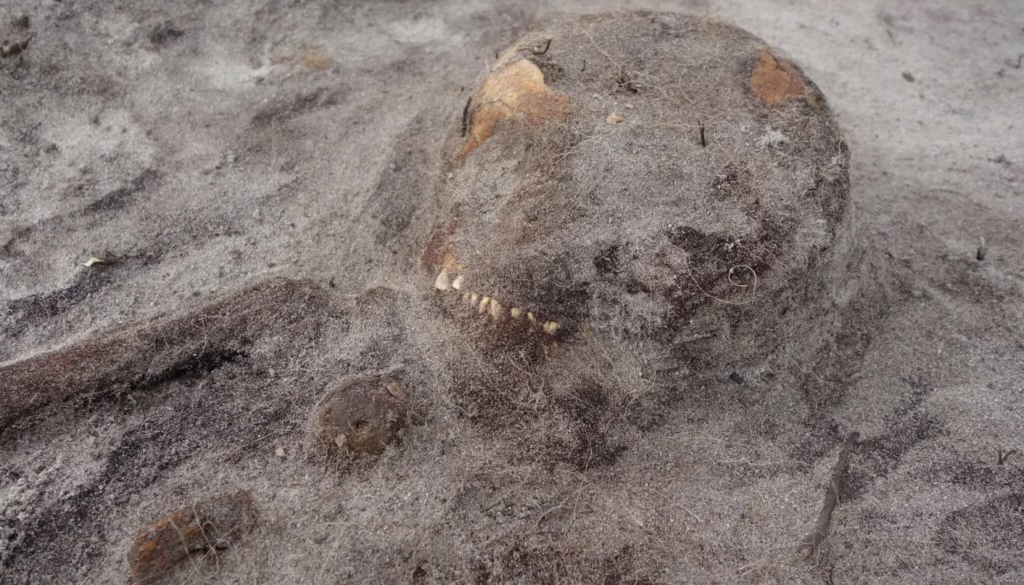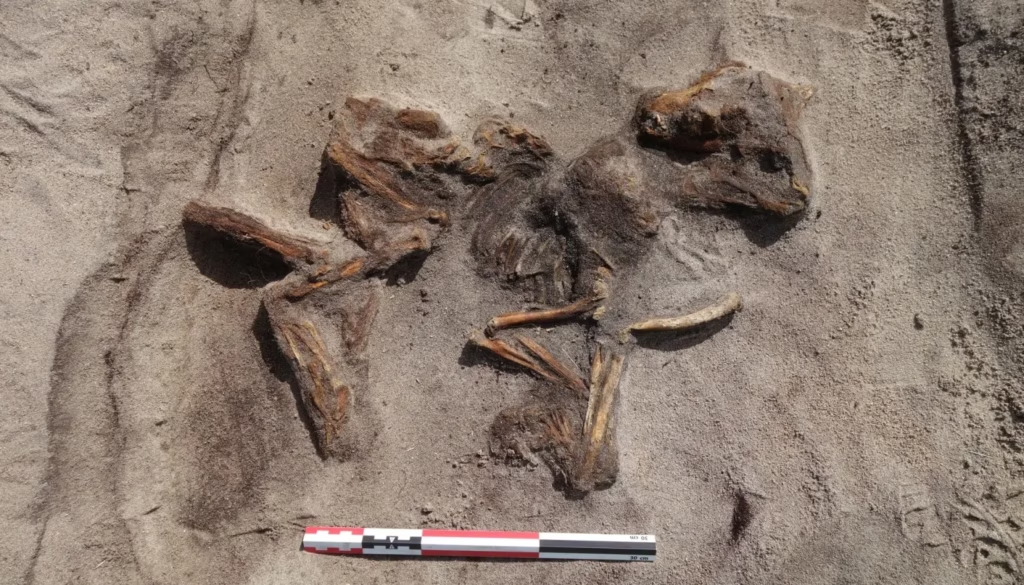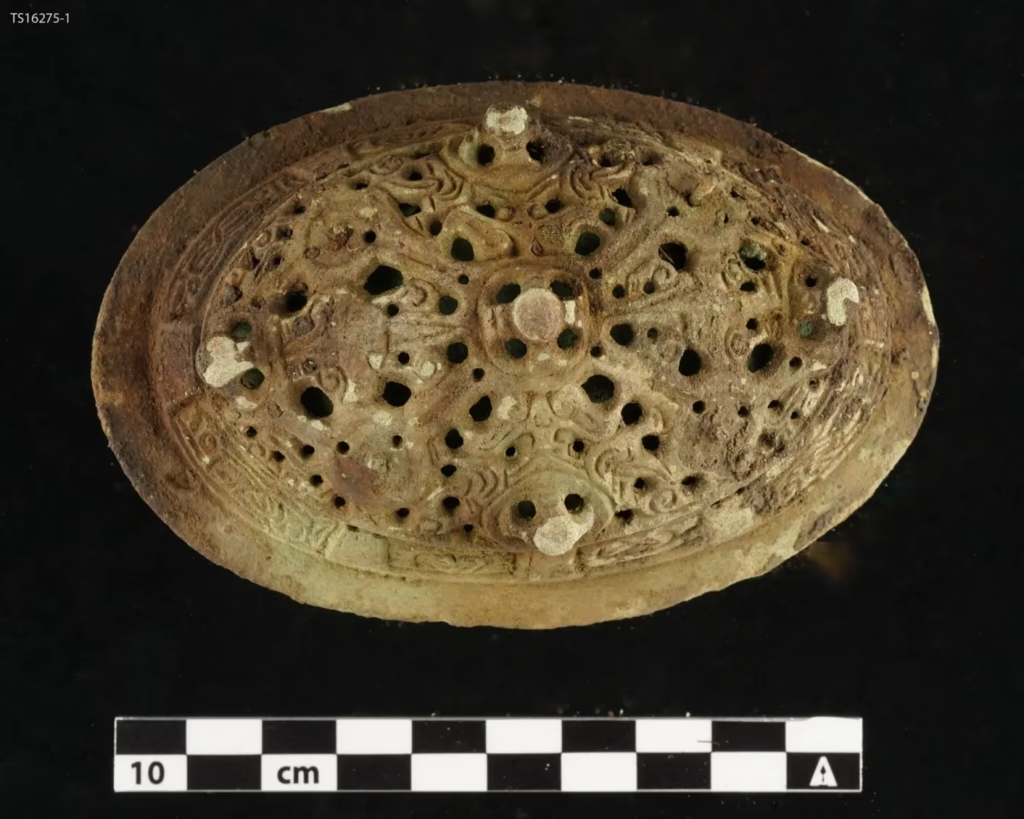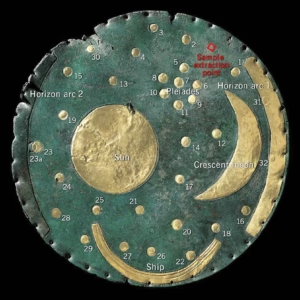A recent archaeological excavation on Senja Island in Northern Norway has uncovered a remarkable Viking Age burial. Experts from the Arctic University Museum of Norway and the University of Stavanger collaborated on this discovery, revealing a Viking woman interred in a small boat alongside her dog.
Details About the Burial
The grave was found just 20 centimeters below the surface, making it vulnerable to damage from farming activities. The presence of oval brooches typical of Viking women helped date the burial to approximately 900–950 CE. Archaeologist Anja Roth Niemi from the Arctic University Museum explains that boat burials were reserved for society’s elite:
“This type of burial was an honor given only to high-status individuals, indicating this woman held an important position in her local community.”

Social Status and Burial Goods
Researchers note that the silver-threaded brooches, beads made of bone or amber, and textile tools found in the grave suggest the woman had significant responsibilities, including overseeing textile production. Archaeologist Håkon Reiersen from the University of Stavanger highlights the dog’s presence:
“While animals, especially dogs, are not commonly found in Viking graves, their presence often symbolizes companionship and status in life and death.”

Preservation and Future Studies
The burial’s location in lime-rich shell sand has led to excellent preservation of the skeletal remains. Further analysis of the bones will reveal information about the woman’s age, health, diet, and lifestyle. Niemi also notes that advanced DNA testing may eventually provide details such as hair and eye color.

Potential for More Discoveries
Nearby, another oval brooch was discovered, suggesting this burial site may be part of a larger cemetery. Researchers plan to use ground-penetrating radar to explore the area further for additional graves.

This discovery sheds new light on Viking Age social structures, funerary customs, and the roles of women, while also highlighting the emotional bonds between humans and animals during that era.
Cover Photo: Archaeologist Janne Oppvang meticulously cleans the skeletal remains. (Photo credit: The Arctic University Museum of Norway, UiT)





